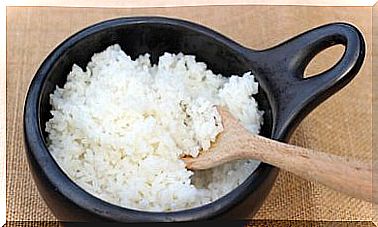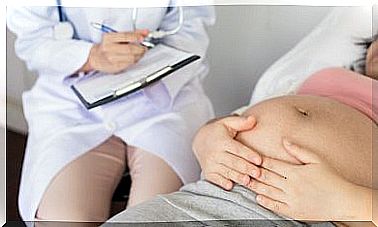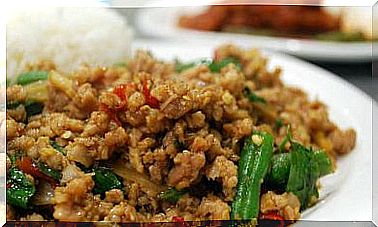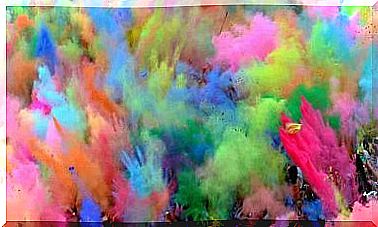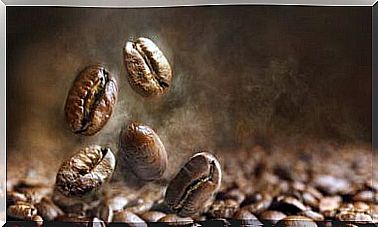Cholecystitis Treatment
Gallbladder inflammation is a disease known as cholecystitis, which is caused by gallstones in most cases. These stones obstruct the tube that exits the gallbladder and, therefore, inflammation occurs.
When this condition persists for months or if there are recurring problems affecting the function of the gallbladder, it is chronic cholecystitis. Let’s see more below.
Gallbladder
For starters, the gallbladder is a small, pear-shaped organ located in the lower part of the liver. It stores the bile produced by the liver and sends it to the small intestine through the bile duct. In this way, it facilitates the digestion of fats.
The bile duct connects the liver, gallbladder, and pancreas to the small intestine. Gallstones that block the bile duct are the leading cause of cholecystitis.
Ultimately, this blockage causes bile to accumulate in the gallbladder, and that accumulation causes the gallbladder to become inflamed. Therefore, it can explode in the worst cases. Treatment usually includes antibiotics, pain relievers, and gallbladder removal.
Symptoms of cholecystitis

For starters, symptoms can appear suddenly or develop over years. However, most of the time, these symptoms appear after a high-fat meal. These include:
- Fever.
- Sickness.
- Vomiting
- Jaundice.
- Abdominal swelling
- Light-colored stools.
- Pain that spreads to the lower back.
- Severe abdominal pain and cramps.
A typical crisis can last two or three days. Although the symptoms of cholecystitis vary from person to person, there are generally some commonalities. For example, the discomfort is experienced in the upper right or middle part of your stomach, and the pain usually lasts for about 30 minutes.
According to the MSD Manual, “the pain caused by cholecystitis has the same characteristics and location as biliary colic, but it is more prolonged (that is, > 6 h) and more serious ”.
Fortunately, the symptoms of cholecystitis can be treated at home with pain relievers and rest, if you have been diagnosed correctly. For this, it is essential to go to a professional in case you notice discomfort and avoid self-medication.
Treatment options
First, treatment depends on the severity of the condition and the presence or absence of complications. Uncomplicated cases can often be treated in health centers. However, complicated cases may require a surgical approach.
Medication
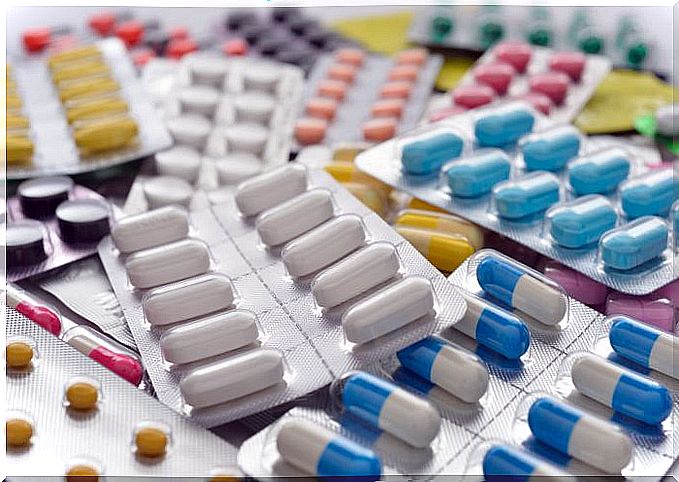
To begin with, the goals of drug therapy are to relieve pain and prevent complications. Agents used in patients with cholecystitis include antiemetics, analgesics, and antibiotics.
Antiemetics
Patients with cholecystitis frequently experience nausea and vomiting. Therefore, antiemetics can help you feel more comfortable and can prevent fluid and electrolyte abnormalities.
- Promethazine (Phenergan, Promethegan, Phenadoz). It is used for the symptomatic treatment of nausea in vestibular dysfunction.
- Prochlorperazine (Compazine). It can relieve nausea and vomiting by blocking dopamine receptors. In addition to the antiemetic effects, it has the advantage of increasing the hypoxic ventilatory response. This facilitates the uptake and transport of oxygen.
Analgesics
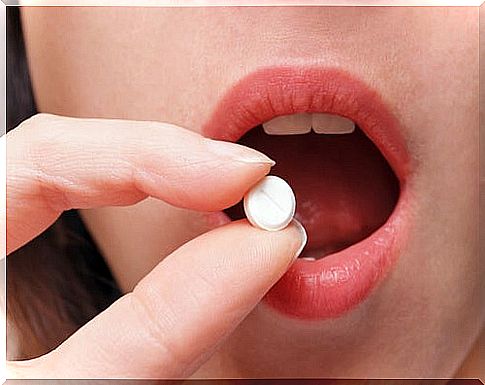
Pain is one of the main characteristics of cholecystitis. Therefore, the most commonly used painkillers in the treatment of cholecystitis are:
-
Meperidine (Demerol). It is the drug of choice for pain control. It is an analgesic with actions similar to those of morphine. In addition, it may cause less constipation, smooth muscle spasm, and cough reflex depression than similar analgesic doses of morphine.
-
Hydrocodone and acetaminophen (Vicodin, Lortab 5/500, Lorcet-HD). This combination of medications is indicated for moderate to severe pain. Each tablet contains 5 milligrams of hydrocodone and 500 milligrams of paracetamol.
-
Oxycodone and acetaminophen (Percocet, Tylox, Roxicet). This combination of medications is indicated for the relief of moderate to severe pain. Each tablet contains 5 milligrams of oxycodone and 325 milligrams of paracetamol.
Antibiotics
Treatment of cholecystitis with antibiotics should provide coverage against the most common organisms, including Escherichia coli and Bacteroides fragilis . Similarly, for Klebsiella , Pseudomonas and some species of Enterococcus.
-
Ciprofloxacin (Cipro). It is a fluoroquinolone that inhibits the synthesis of bacterial DNA. Therefore, it slows its growth, by inhibiting DNA gyrase and topoisomerases, enzymes necessary for the replication and transcription of genetic material.
-
Meropenem (Merrem). It is a broad spectrum bactericidal carbapenemic antibiotic that inhibits cell wall synthesis. In addition, it is effective against most gram-positive and gram-negative bacteria.
-
Imipenem and cilastatin (Primaxin). This combination is used to treat multi-organism infections. It is chosen when other agents do not have broad spectrum coverage or are contraindicated due to the possibility of toxicity.
-
Piperacillin and tazobactam (Zosyn). This combination is an antipseudomonal penicillin plus a beta-lactamase inhibitor. Inhibits the biosynthesis of the cell wall mucopeptide. It is also effective during the active multiplication stage.
-
Ampicillin and sulbactam (Unasyn). It is a beta-lactamase inhibitor with ampicillin. Covers epidermal and enteric flora and anaerobes.
-
Metronidazole (Flagyl). It is an antibiotic based on the imidazole ring that is active against various anaerobic bacteria and protozoa. It is used in combination with other antimicrobial agents (except for Clostridium difficile enterocolitis ).
Cholecystitis prognosis

Lastly, when it is treated in the proper way, the long-term prognosis is quite favorable. The gallbladder is not essential for living or digesting food. Without a gallbladder, bile will flow directly from the liver into the small intestine.
